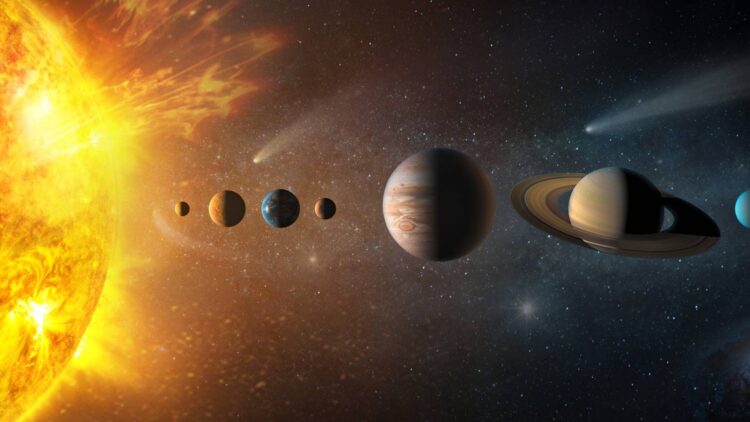All civilizations begin and end, but it is harder to wrap our minds around the fact that someday, the entire human race may cease to exist. How that will end up working remains (and will hopefully continue to remain) one of the great mysteries of the world, but that does not mean that scientists will not try to solve that particular quandary. The latest theory about the timeline for the complete extinction of all life on Earth comes from none other than scientists from NASA and researchers from Tōhō University in Japan.
For those who tend to panic, there is no need to do so, as according to the advanced mathematical models that they have managed to come up with thanks to their supercomputers, we will not be extinct until the year 1,000,002,021, when survival on our planet will become impossible. Considering we are in 2025, we still have a very long way to go until that time becomes a reality, and, who knows? Maybe by that point we will not be living in this planet at all.
NASA’s take on the end of life on Earth
Although whether or not we will still be alive as a species when the end of the Earth as a place capable of sustaining life comes is a mystery, but this point in time is inevitable and there is nothing we can do to stop it as it does not depend on us, but on the Sun. The Sun is a star which is continually changing, as it is alive, and will continue to grow in size and emit increasing amounts of thermal energy. As we have seen with other stars, the expansion of the Sun will begin to engulf the inner planets of the solar system, including Earth destroying our galaxy as we know it.
Although this is not a problem that we will need to worry about for a very long time, space agencies are not resting on their laurels. While the goal of space exploration and finding other planets compatible with life (or other lifeforms!) is a priority, fining a new home for Earthlings when the inevitable end comes is also a goal. But space travel is complicated and the technology to colonize other planets is just not there yet, even when the goal is as close as Mars.
The clock is ticking, although not for our extinction, but because Solar disturbances on earth are a common thing and are becoming increasingly more dangerous as they become stronger and they affect more and more our technology.
As an example of the gravity of the situation, NASA detected a dramatic increase in solar flares and coronal mass ejections (CMEs) in May of last year, with intense bursts of charged particles and magnetic fields directed toward Earth. This marked the most significant solar activity in 20 years. Experts caution that these events will continue to impact the atmosphere, gradually lowering oxygen levels and contributing to rising global temperatures.
This is not the time for fatalism, as technological advancements are already being worked on so that the effects from the Solar flares are mitigated. There is also a lot of research being poured into life-support systems, capable of producing oxygen and water in closed environments and other tools to help us both live more comfortably here on Earth or on another planet that we can manage to make habitable.
Plus, most of the issues will not come in our lifetime, so all the preparation will be helped by future minds and technologies we cannot even begin to fathom. We need to remember that we are adaptable, if anything else, and that any challenge that the cosmos throws at us will be met with resourcefulness, by the next generations.

